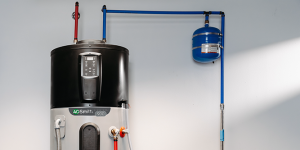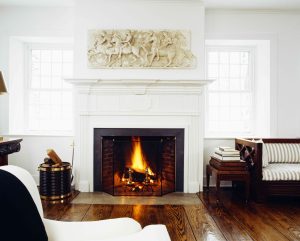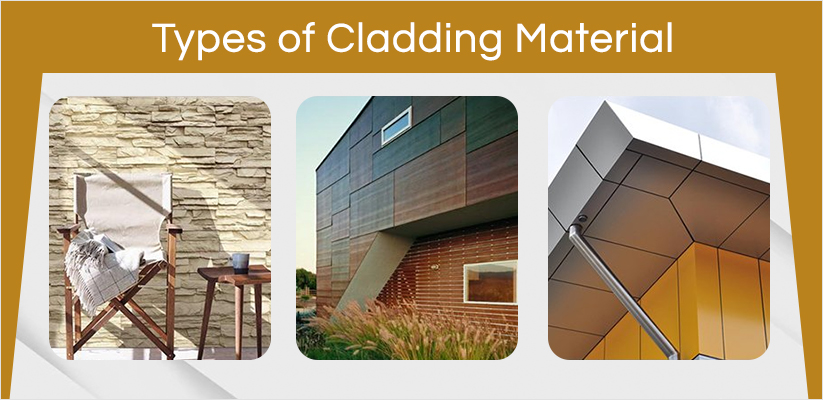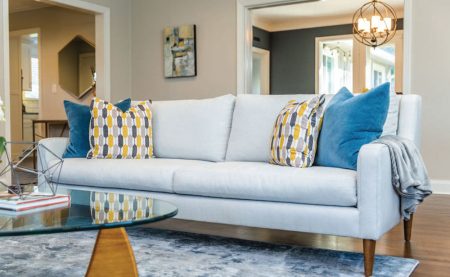Cladding materials play a crucial role in enhancing the aesthetic appeal, functionality, and durability of buildings. The right cladding material not only protects the structure from external elements but also adds character and style to the overall design. With a wide range of options available, it’s important to understand the different types of cladding materials and their unique features. In this blog, we will explore some popular cladding materials used in construction today, highlighting their key characteristics and benefits.
Enquire Now for Cladding Sheets
Types of Cladding Material
-
Stone cladding:
Stone cladding helps create a natural stone look while bringing a touch of style and elegance to your walls. Perfect for both interior and exteriors, stone cladding uses thin layers of natural or faux stone to lend your home a brilliant earthy and rustic look. Stone cladding panels are extremely easy to install, virtually maintenance-free and gracefully age with time.
-
Wood cladding:
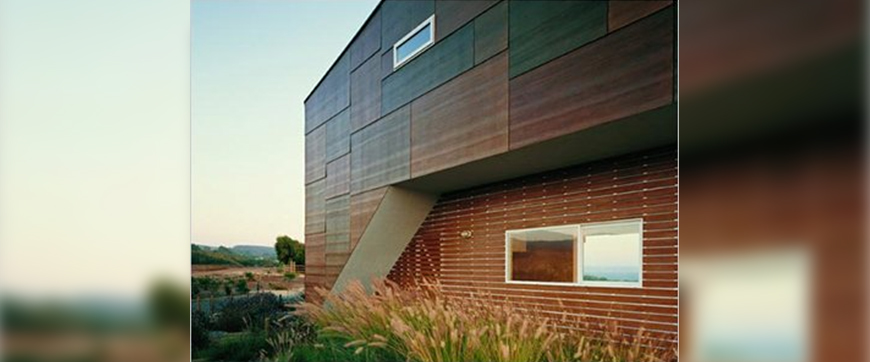
Wood cladding helps create a stunning façade and is a great way to protect your home from the elements. Suitable for both interiors and exteriors, it helps create a highly distinctive character as nothing beats the look of real wood while blending well with any decor. Exterior cladding is individually placed and protects the structural integrity of your house while also enhancing the exterior appearance with several notches. Extremely durable and highly energy efficient owing to its insulation properties, wood cladding helps to make your home a tranquil haven.
-
uPVC cladding:
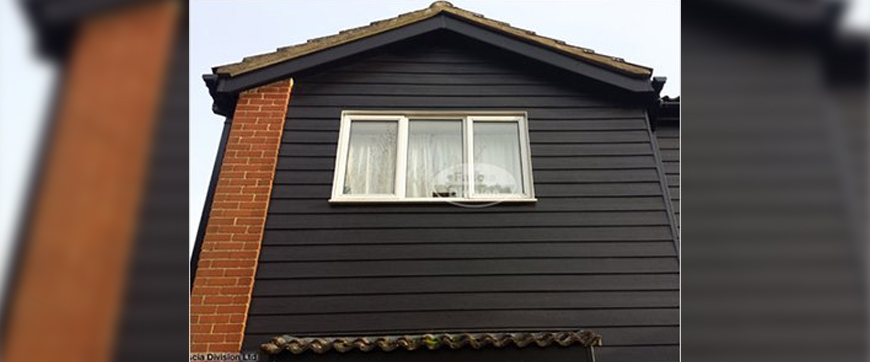
uPVC cladding helps add a different dimension to your home and requires absolutely zero maintenance. This basically translates to no time-consuming painting or cumbersome repairs. Ideal for both internal and external walls, uPVC cladding not only suits every kind of home but is also not prone to severe damage by weather elements. Besides being economical, it’s quite easy to add insulation as well, can be fully customized and comes in a range of colours.
-
Tile cladding:
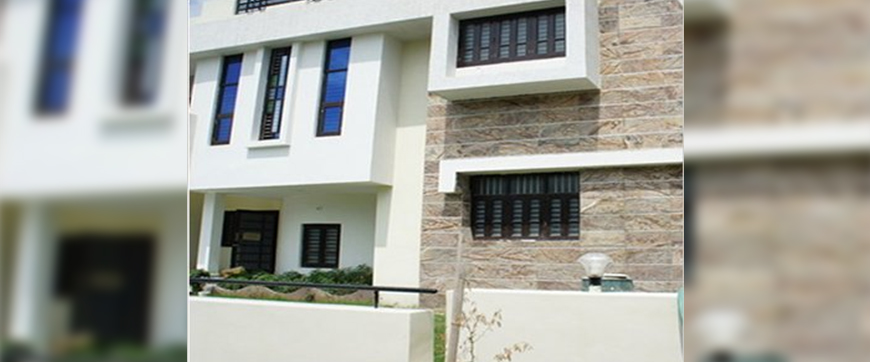
A fairly new entrant to the cladding world, tile cladding is an extremely versatile cladding option and comes in the form of a panel or tile suited for both exteriors and interiors of your house. Long-lasting and easy to maintain, these can transform your house into a contemporary abode. You can play with either sleek modern designs or opt for a natural textured look. Incredibly durable and long-lasting, you can even combine tiles that are of different shapes and sizes to give your house a truly unique and suave look. Moreover, these tiles also act as great insulators thus proving to be energy efficient as well.
-
Glass cladding:
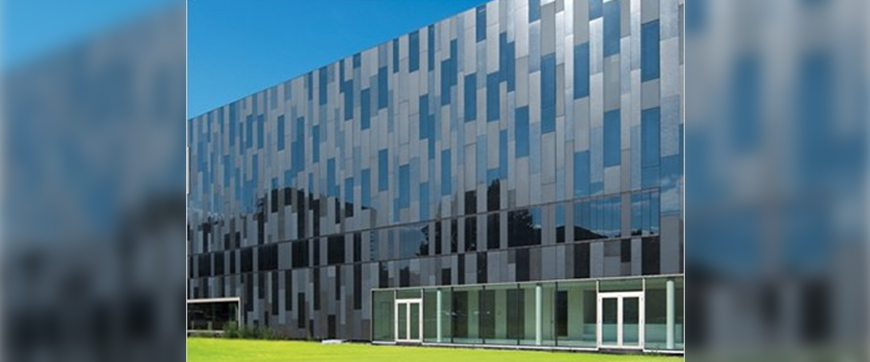
Glass claddings help transform your building exteriors and offer a gamut of customization and design options. Glass always impresses and this cladding is available in a wide range of tempered, laminated, curved and enamelled options while being cost-effective and economical. Furthermore, glass creates a remarkably modern and contemporary look while offering enormous freedom in shape, design, composition and size, making it optimally suited for modern cladding applications.
-
Aluminium composite panel (ACP):
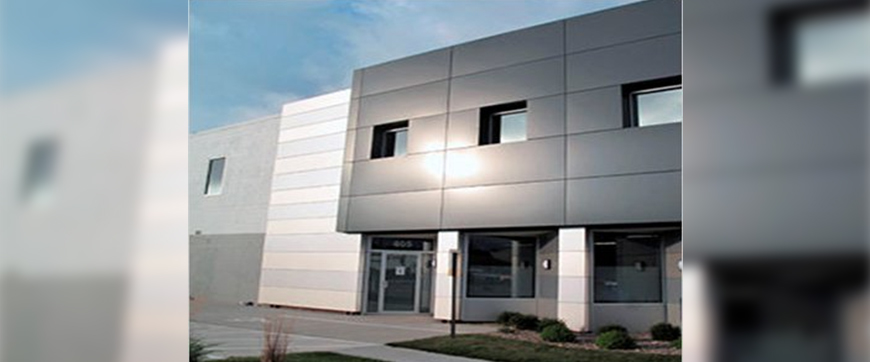
Aluminium composite cladding system or ACP is made from lightweight aluminium and is frequently used for external cladding as it’s very rigid and strong despite its lightweight. Moreover, being aluminium being weather and UV resistant facilitates a bevvy of customization options including colours, prints, patterns and shading. Available in varying thickness levels; it enables quick installation while also being versatile enough to be used for fascias, canopies, partitions and even false ceilings.
-
Aluminium cladding:
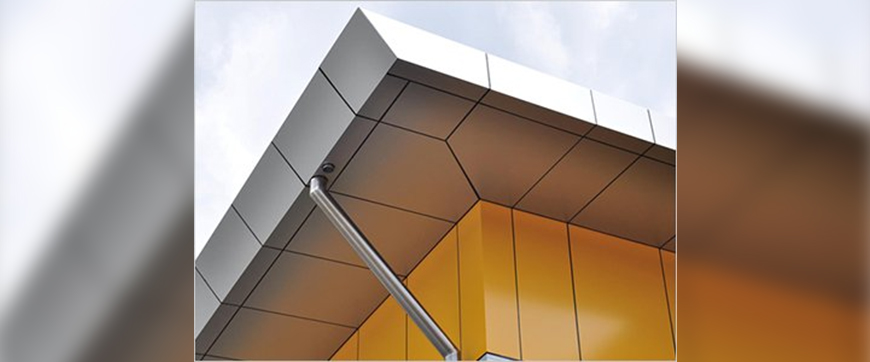
Aluminium is an extremely popular choice for cladding and is used extensively for cladding purposes. Aluminium cladding with its top-notch recyclability and minimal maintenance doesn’t rust or corrode like other metals which helps preserve its original design and texture for years at a stretch for proven lifetime performance Aluminum is protected through galvanising, powder coating or anodizing which is totally integrated into the metal to provide all-around protection. Different colours and varying patterns can easily be imprinted on this layer thus providing new and infinite texture and design possibilities for building exteriors without affecting its UV resistance.
-
Ceramic cladding:

Ceramic cladding solutions have been around for ages and have been a popular choice for architects around the world for decorative purposes. Being lightweight, it requires very little maintenance while possessing superior resistance to chemical and atmospheric attacks from pollution, acid rain and smog. Its innovative design and durability also facilitate greater versatility in terms of tile size and arrangements.
Exhibiting versatility and moisture resistance, ceramic cladding adds a polished and refined look to buildings, with a smooth and glossy surface that offers durability, design flexibility, and resistance to stains, making it an excellent choice for enhancing the aesthetics and protection of structures.
-
Porcelain cladding:
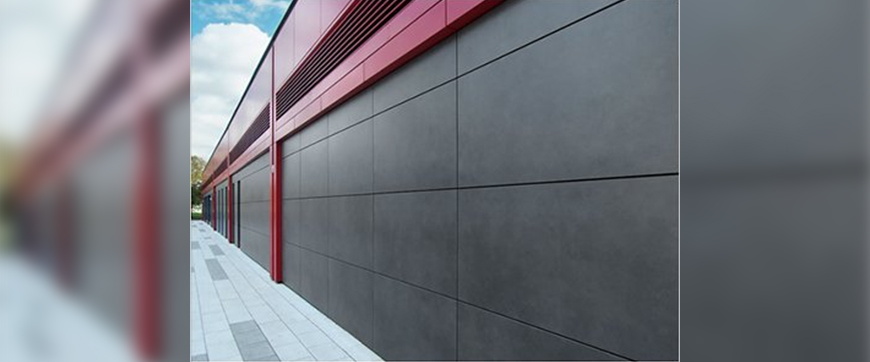
Porcelain cladding is widely used as a means for external cladding because of its exceptional properties. Scratch & abrasion resistant with a surface tougher than granite or steel, its durable, tough and extremely strong and does not accumulate surface dirt.
Infusing elegance and resilience, porcelain cladding offers a luxurious and low-maintenance option, suitable for both indoor and outdoor applications, delivering durability, resistance to stains, and a refined aesthetic that adds sophistication and timeless beauty to buildings.
Additionally, non-porous and impervious to chemicals while also being freeze & thermal shock resistant which makes it the ideal material for creating cost-effective, low-maintenance, hard-wearing surfaces.Enquire Now for Porcelain Cladding.
Advantages of Cladding Material:
-
Enhanced Aesthetic Appeal:
Cladding materials can transform the appearance of a building, adding visual interest, texture, and a range of design options to enhance its overall aesthetic appeal.
-
Protection from External Elements:
Cladding acts as a protective layer, shielding the building from weather conditions such as rain, wind, sunlight, and temperature fluctuations, thereby preventing damage and preserving the structural integrity.
-
Improved Insulation and Energy Efficiency:
Certain cladding materials, such as insulated panels or those with thermal properties, can provide added insulation to the building envelope. This helps in reducing heat loss/gain, improving energy efficiency, and lowering heating and cooling costs.
-
Increased Durability and Longevity:
Cladding materials are designed to withstand environmental factors, such as moisture, UV radiation, and impacts, thereby enhancing the durability and lifespan of the building by minimising wear and tear.
-
Reduced Maintenance Requirements:
Cladding materials often require minimal maintenance, saving time and effort. They are resistant to rot, decay, fading, and staining, eliminating the need for frequent painting, sealing, or repairs.
Cladding materials offer a wide range of options in terms of colours, textures, patterns, and finishes, allowing architects and designers to create unique and customised building facades, meeting specific aesthetic and functional requirements.
Many cladding materials have excellent fire-resistant properties, providing an additional layer of protection and potentially slowing down the spread of fire in case of emergencies.
-
Sustainable and Eco-Friendly Options:
Several cladding materials are eco-friendly, made from recyclable or renewable materials, contributing to sustainable construction practices and reducing environmental impact.
Some cladding materials have sound-absorbing properties, reducing noise transmission from the external environment and improving acoustic comfort inside the building.
-
Cost-Effective Solutions:
Cladding materials, depending on the type chosen, can offer cost-effective solutions in terms of installation, maintenance, and long-term performance, providing value for money.
Overall, cladding materials offer numerous advantages, including improved aesthetics, protection, energy efficiency, durability, low maintenance, and design flexibility, making them an essential component in modern building construction.
Conclusion
Choosing the right cladding material is essential for achieving both aesthetic appeal and functional performance in building design. Each type of cladding material has its own unique characteristics and benefits. Whether you prefer the cost-effectiveness of vinyl cladding, the timeless charm of brick, the natural beauty of timber, the modern look of metal, or the versatility of fibre cement, there is a cladding material to suit your specific project requirements. Consider factors such as durability, maintenance, insulation properties, and design possibilities when selecting the most suitable cladding material for your next construction project. With careful consideration and proper installation, the right cladding material will contribute to the longevity and visual impact of your building design.
Read the full article here


